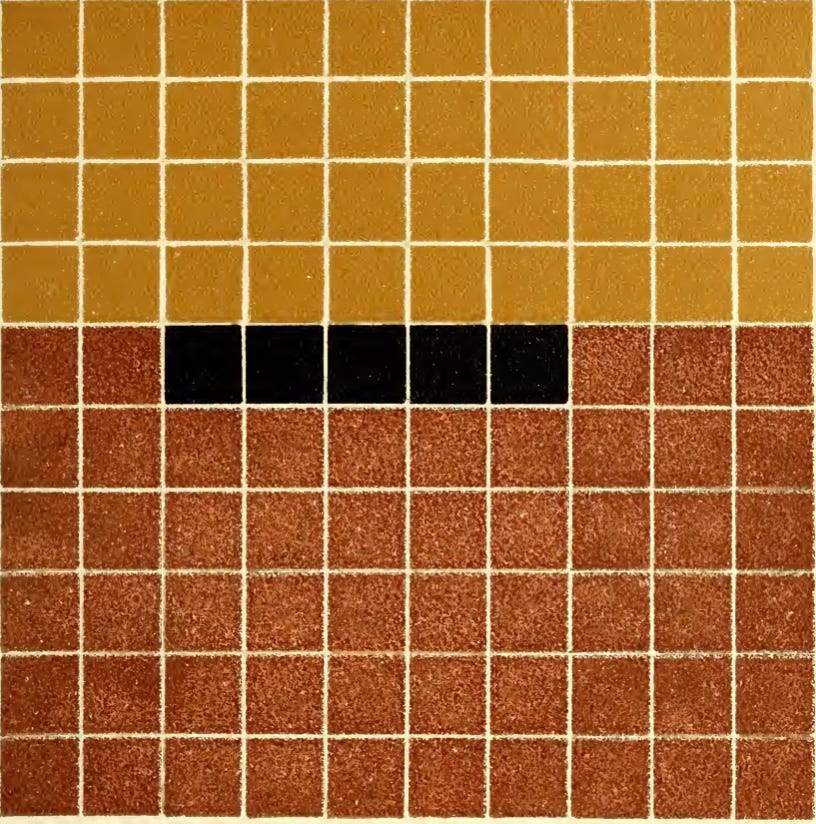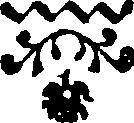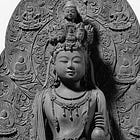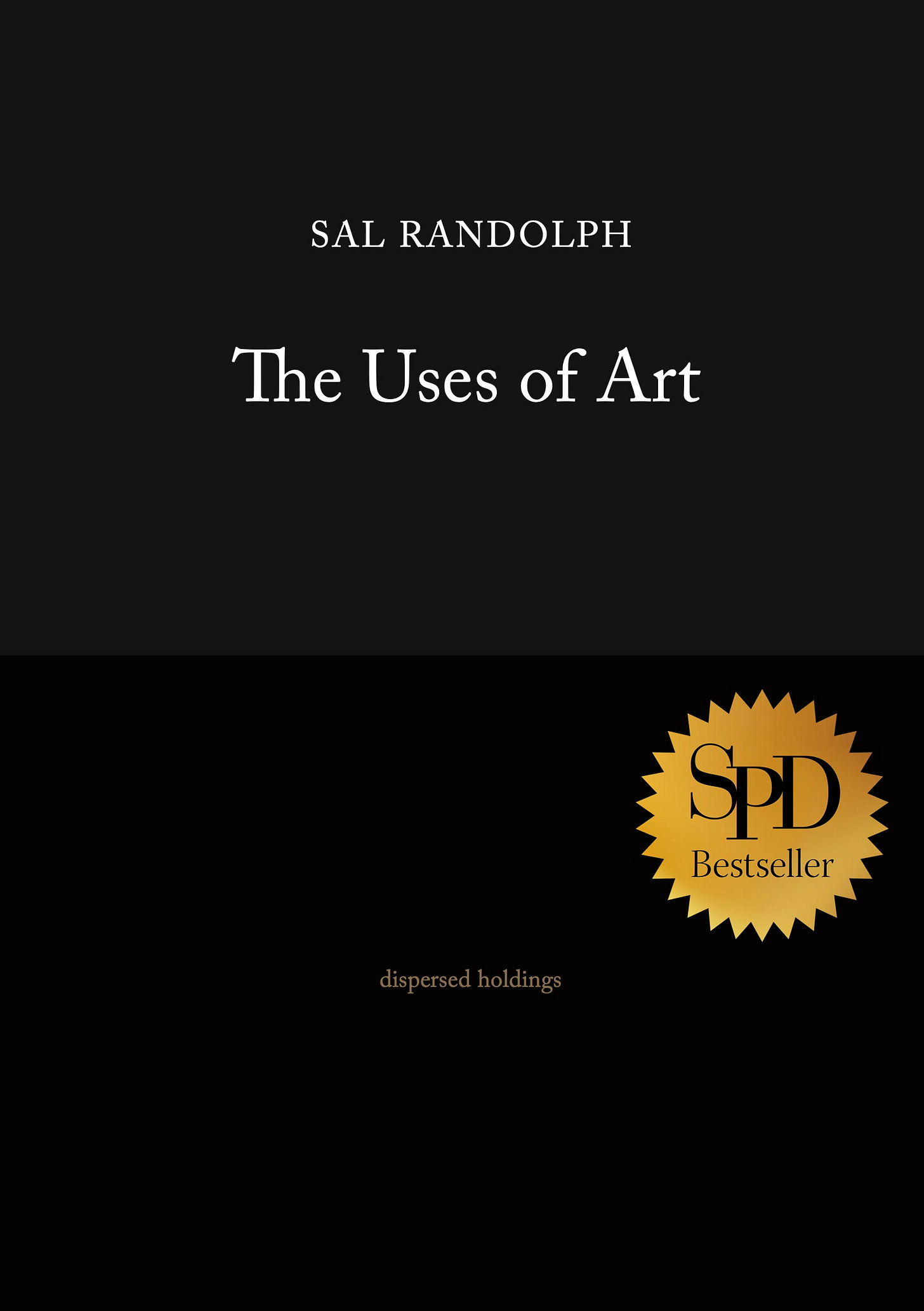
Dear Friends,
What is a practice?
For many years, my central practice has been zazen, or sitting meditation. In my Zen community, we use the word “practice” all the time to describe what we do.
I’ve also had ongoing practices of making art and of writing. What I mean by this is that I keep coming back to the space of making and I let that space make me in return.
As you may have noticed, I’ve started a new practice recently: writing back to posts on social media. Over the course of a few weeks it went from a brief experiment to a consistent practice, even though I mean the word practice here a bit lightly. As this unfolded, the experience has prompted me to reconsider what practice is and to explore the idea of practice as a specific form of attention.
Do you have regular practices? Would you like to explore more? I’d love to hear from you.
— Sal
Notes on Practice
Practice-Realization
In his poetic Zen essay, “Genjo Koan,” Eihei Dogen said “To study the way of enlightenment is to study the self.” Practices are a way of studying the self, of watching the flow of the self come and go until you are at one with that flow, at one with yourself. He goes on: “To study the self is to forget the self. To forget the self is to be actualized by myriad things. When actualized by myriad things, your body and mind as well as the bodies and minds of others drop away. No trace of enlightenment remains, and this no-trace continues endlessly.”
For Dogen, practice primarily meant sitting meditation, or zazen. The central question of his life was centered around practice: if we already have an enlightened Buddha-nature, why do we need to practice? The answer he came to, after years of study, travel, and questioning, was that practice and realization are one thing.
Practices are repeating actions.
The root of the word practice comes from terms for doing and action. The sense of repetition, and then of training arises in England in the 1500s, along with the idea of carrying on a profession. Perhaps professions themselves imply an accumulation of learning, rehearsal, and attentiveness.
Practices are forms of attention.
Practices are repeated actions, but at the same time I wouldn’t call brushing my teeth a practice, unless I did it with special attention (the artist Allan Kaprow did just that).
This points me somewhere: we don’t usually refer to something a practice unless the repetition has a qualities of attentiveness, and intention.
I have several activities I think of as practices in my life, and many forms of repeating action that I don’t see in that light. Getting up early and taking a familiar subway route to the zendo doesn’t feel like a practice, but the meditation and ceremony I do once I’m there does. Still, I wouldn’t want to be to firm about drawing the line between practice and nonpractice.
This is my 115th weekly letter on Substack. I don’t treat this weekly writing as a practice, though I suppose I could. However, publishing a letter a week has required (at least from me) establishing a daily writing practice.
My daily writing is free, open, meditative. I am always curious about what arises. Sometimes I draft letters, other times I have no idea what my fingers will type. It is a way of studying the self, of becoming less separate from who I am.
Practice is like a keel—deep contact with the self helps you not be blown around by every wind. Attentively returning to yourself for a period of time every day can be like coming home.
Exercise: Practice as Attention
If you feel you would like to have more of a sense of practice in your life, there are several ways you could go about it. Some are described below. The simplest thing you can do, however, is look at your own life with new eyes. What actions do you repeat? What kind of attention do you give to those actions?
Choose an ordinary activity, like taking a walk or washing your dishes. For a week, offer that activity as much of your complete attention and presence as you can.
Do you notice any differences in your experience of yourself? Take note of what you have discovered. Consider writing or sharing your reflections with a friend. Add your thoughts to the comments.
As with all of these “Ways of Seeing,” the initiating impulse is to expand our possibilities for engaging with works of art and deepening attention to everything around us. These exercises are perfect for time spent in museums, galleries, and studios. You can also bring them into the rest of your life and experiment with streets, libraries, parties, landscapes. Try them as writing or art-making prompts.
These practices work best if you give them some time.
As ever, interpret these instructions freely and intuitively. Make them your own.
The title Ways of Seeing is an homage to the continuing inspiration of the BBC TV series and book by John Berger.

Learn to Meditate
Every Monday evening (excepting holidays), my Zen community, the Village Zendo, offers Learn to Meditate, a free, hour-long, online introduction to Zen meditation. I’m one of several people who lead the class in rotation. I’ll personally be teaching next on June 9 (6:30 pm eastern), and I’d love to see you there.
If you are in New York, we also offer an in-person introduction, called Body, Breath and Mind at our Tribeca location on the first Sunday of the month. I highly recommend it! If you’re not in New York, I encourage you to seek out a meditation center close to you. Finding a good instructor is key to developing a strong meditation practice.
Maia Duerr and the Practice of Everyday Life
I’m sure many of my readers are already aware of
and her newsletter, The Practice of Everyday Life.Maia is a Zen practitioner and anthropologist, and she has developed what she calls the “tree of contemplative practices.” It is a tree of many branches including activism, movement, ritual, and creative expression, intended to expand our idea of what “practice” can be. This can be especially helpful for those who want to explore contemplative practice, but who are not drawn to sitting meditation.
Social Media as a Practice
Whenever her phone rang or her doorbell sounded, Dorothy Parker would say, “What fresh hell is this?” I’ve taken to repeating it under my breath every time I open my social media apps. This may sound dark, but it reminds me that I can approach the onslaught of news and opinion with my own attitude: with humor and, above all, with curiosity. Rewriting social media posts into my own idiom began as an experiment, but it has become a practice. I invite you do to the same, whether on paper or just in your imagination.
What are the practices in your life?
Further adventures and new ways of seeing can be found in my book, The Uses of Art.
Artist Sal Randolph’s THE USES OF ART is a memoir of transformative encounters with works of art, inviting readers into new methods of looking that are both liberating and emboldening.
Dazzlingly original, ferociously intelligent.
— Michael Cunningham
A joyful, dazzling treasure-box of a book.
— Bonnie Friedman
Here’s a guide, to waking up, over and over again.
— Roshi Pat Enkyo O’Hara











Wow, I really need to read more Dogen. Your words elaborating upon his are so beautifully put. Thank you, Sal!
I have an 11th step practice, right now it includes reading some poetry, writing in my journal, and meditating. When I miss this practice or skip parts, I feel off. I really loved this post because it opens the door to other ways I can bring practice into my life.